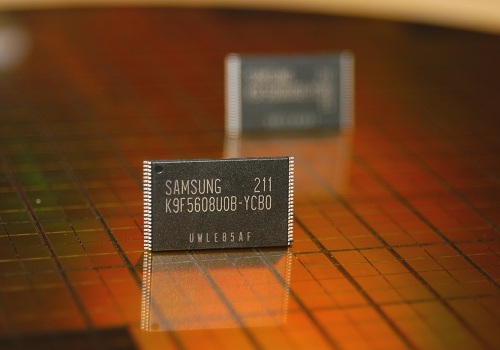To put it simply multi-level cell (MLC) memory supports the storage of a larger amount of data on the same physically sized memory chip in a more economical fashion than single-level cell (SLC) memory. Naturally there are trade-offs to be made but it is a good thing to have the option to be able to weigh up the cost vs. performance benefits of both technologies and choose the most suitable for a given application.
SLC offers higher performance, can operate at higher temperatures and lasts longer than its counterpart but it comes in at around twice the price for the same memory capacity. The important thing to consider when comparing the two technologies is how the devices will actually be used. What are the important features and characteristics that you would be willing to pay extra for?
Imagine you're building a high-performance server and looking for a solid state drive. You need speed and reliability. Servers get hot so you might be interested in a drive that can withstand elevated operating temperatures.
Server components are relatively expensive and the machine will perform an important function so cost is less of a concern. In this case you'd most likely invest in a device containing SLC memory.
Now imagine you're looking to purchase a USB Flash Drive. It's important that it's reliable as it will hold your work or personal files and you'd like it to operate at a fast speed so that it doesn't slow down your workflow.
You'd also like it to be small and lightweight so that you can carry it with you most of the time and ideally it wouldn't be very expensive. In this case you're almost certain to choose a Flash Drive containing MLC memory.
The important thing to remember is that words like 'reliable' and 'fast' mean very different things in different contexts.
Do you need to pay double the price for a similar capacity SLC device so that you can transfer your personal photos to your Flash Drive at the same speed as a professional grade server would operate or are you more concerned with getting as much storage as you can for a given price so that you can carry more of the pictures with you?
Is it more than sufficient that you could overwrite the entire contents of the Flash Drive every day for an average of around 7 years before it would show signs of needing replacing?
At Flashbay we strive to balance performance and economy in a way that best suits our customers.
That’s why you’ll find us coupling new grade-A memory with a high-performance memory controller to produce products that not only meet our customer’s performance needs but also suit their budgets. By carefully optimising each stage of the design and manufacturing process we ensure that we get the very best results possible from our chosen components.
For example, all our products of suitable capacity support Windows ReadyBoost – something that we’re proud of and which wouldn’t be possible if we were not using the best choice of components.

